Grenada: the hidden gem of the Antilles
Beaches, rainforest, mountains and abundant nature - this island is the stuff of dreams
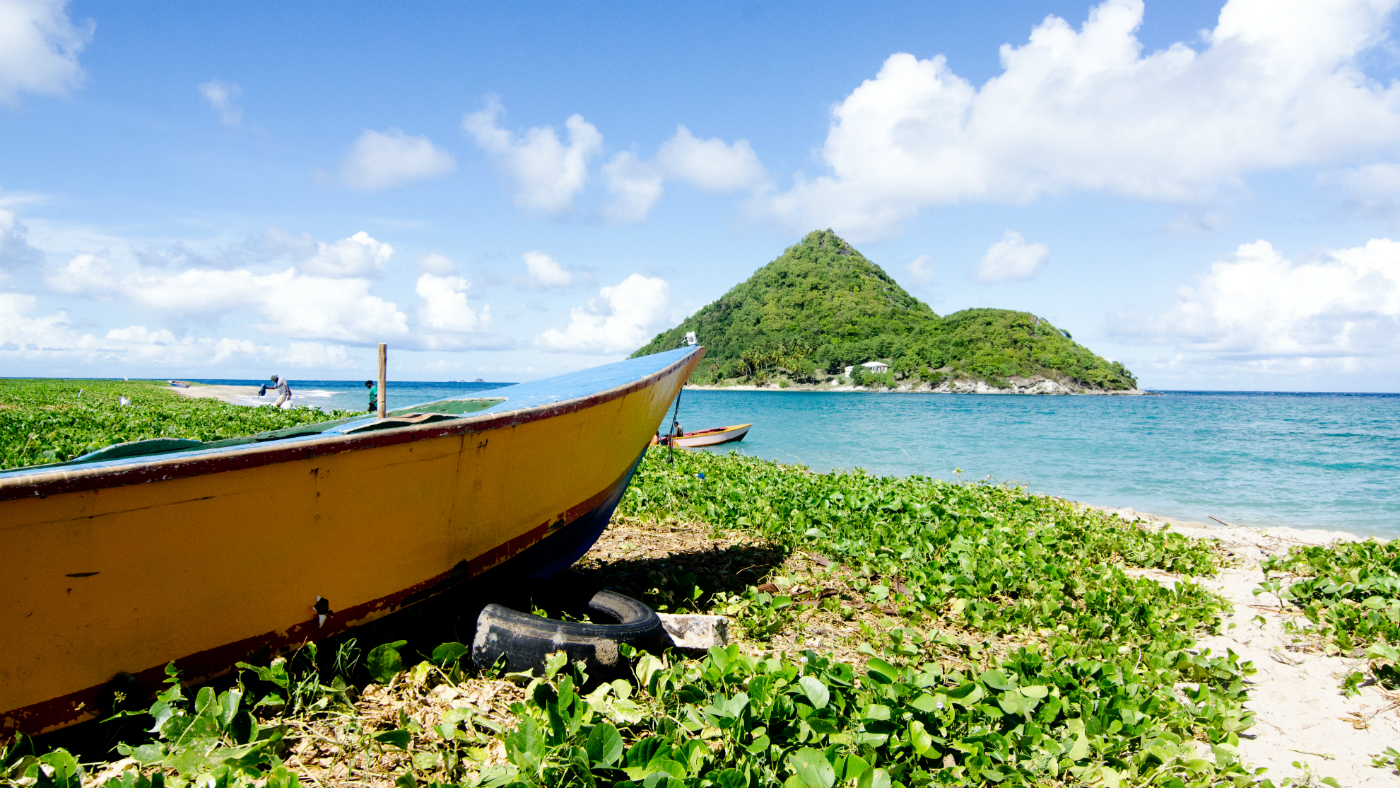
No-one had explained to me what would happen on my mission to see the turtle, and for some reason I never asked. In the end it turned out to be vaguely nerve-wracking, like a hostage handover or a secondment to special ops, with me feeling way out of my depth.
I’d faffed around too long in my hotel room before venturing out into the tropical night, so the driver took the winding, pot-holed way across the island’s mountains at action-movie speeds. There was a rendezvous with two silent men beside a wild, dark beach, and a long wait - goodness only knew for what. And then at last on we went in a different jeep, slowly now, along rutted tracks through jet-black jungle throbbing with the cries of insects and frogs.
I had conceived of this trip to Grenada during the weeks my mother was dying. It began amorphously, with a hankering to watch the rain fall heavily on huge glossy dark-green leaves, and then the idea of swimming alone in calm, warm seas. Only later - some time between the death and the funeral, and after I had fixed on Grenada itself - did I hear about the turtles. They were giant - apparently up to nine times heavier than me at my fattest, heavier than the heaviest anaconda, and as long as various cars and dinosaurs.
The Week
Escape your echo chamber. Get the facts behind the news, plus analysis from multiple perspectives.

Sign up for The Week's Free Newsletters
From our morning news briefing to a weekly Good News Newsletter, get the best of The Week delivered directly to your inbox.
From our morning news briefing to a weekly Good News Newsletter, get the best of The Week delivered directly to your inbox.
Crucially, they would sometimes crawl up at night onto the sands at Levera, the remotest point on the island, to lay their eggs. Perhaps the idea of them emerging from the waves crystallised something in the mysterious longing I’d felt more completely than leaves and rain and sea could alone.
The chances of seeing one, however, did not seem great. I didn’t even know how late it was in the egg-laying season. And so I suppose my silence on the way to Levera was born of superstition. A parental voice in me told me to prepare for disappointment. My more childish self wholeheartedly agreed, but secretly added that if I did, if I really let go of my need for this thing to happen, if I didn’t try to control things at all, then maybe, just maybe, the goddess would think I wasn’t looking, and would appear.
As it happened, the magic worked, as it often seemed to during my time on Grenada. I only spent a lazy week or so in this small island nation at the southern end of the lesser Antilles, just 90 miles from the Venezuelan coast (so close, in fact, someone told me that when the Orinoco floods, the sea off the island’s eastern shores takes on a subtle tint of rainforest mud), but I fell heavily for its charms.
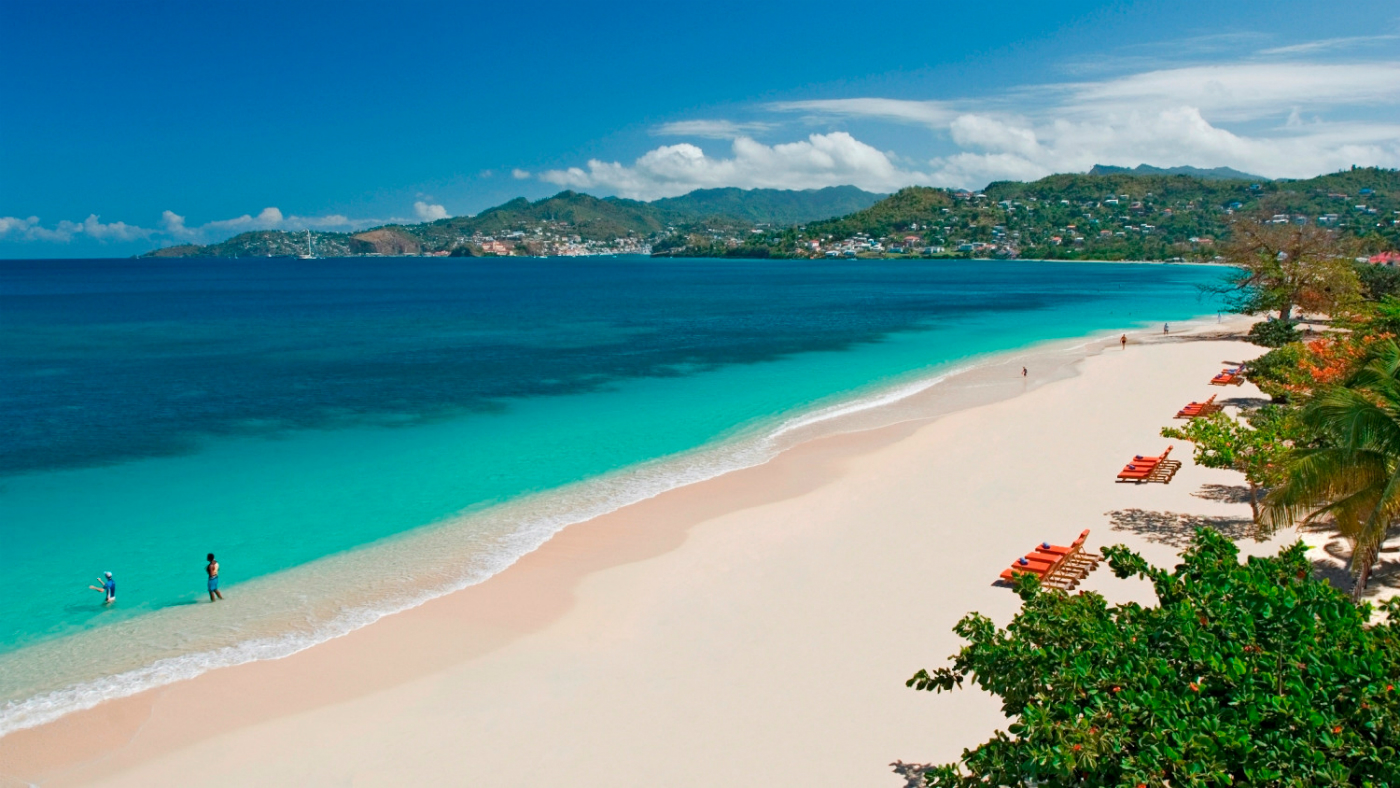
On paper, Grenada has it everything a tourist could want: gorgeous beaches, towering mountains, huge swathes of primary rainforest, and a smattering of luxury boutique hotels. Then there are its more particular distinctions, like Levera beach itself, one of the three most important leatherback turtle nesting sites in the Caribbean. Equally seductive are the locals’ burgeoning enthusiasm for high-grade artisanal tree-to-bar chocolate production, and the fragrant issue of the country’s unusually strong spice-farming sector (after Indonesia, it is the world’s biggest producer of nutmeg). It also boasts much lower rates of violent crime than some of its near neighbours, although its recent past is dramatic — independence from the UK in 1974 was followed four years later by a Socialist revolution and then, in 1983, an American invasion. All this in a place with a population only slightly larger than Scunthorpe’s.
A free daily email with the biggest news stories of the day – and the best features from TheWeek.com
The confusing thing, then, is that it should be markedly less popular as a holiday destination than many of its island neighbours to the north. I could find no good explanation - other, perhaps, than the revolution, which doubtless put off investors at a time when other Caribbean coastlines were disappearing under concrete. The dearth of fellow holidaymakers was, of course, a boon to me, and greatly exaggerated by the fact I was there in June, at the beginning of the wet season, when tourist arrivals fall off sharply across the region. It seemed a good time to go, as the rain tends to come only in brief showers, and Grenada sits well to the south of the Caribbean hurricane belt (the last major storm to hit it, with devastating effect, was Ivan, in 2004).
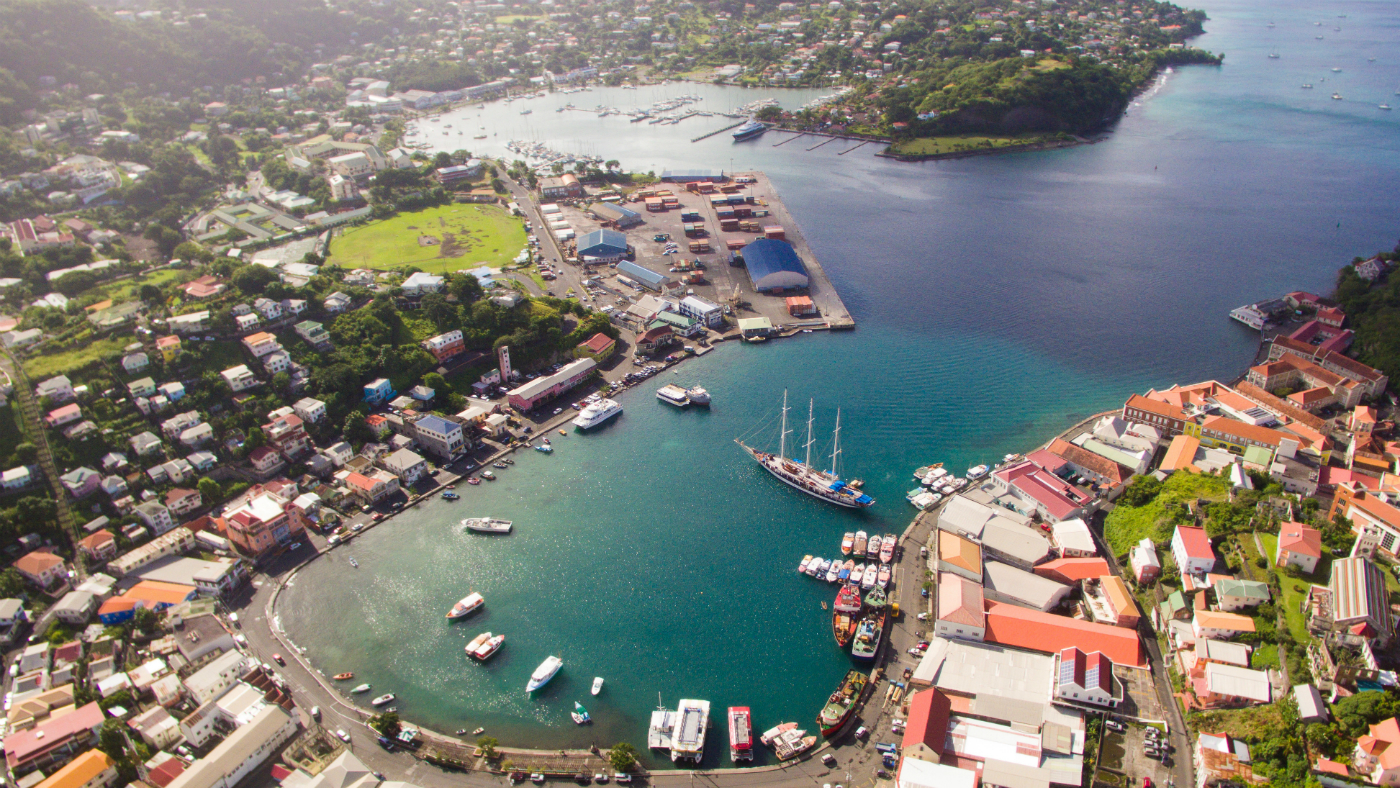
I stayed at two of the island’s best hotels, both of them pleasingly restrained, low-rise, family-owned affairs in the south of the island, close to the capital, St George’s. Secluded beside a quiet beach in the deep inlet of Prickly Bay, Calabash is a simple horseshoe of 20 or so villas around a big lawn where iguanas pause to enjoy the perfume of frangipani trees.
It’s the sort of place into which you could happily disappear for weeks, especially as you don’t pay extra for water sports. I spent an easeful afternoon there on a Hobie Cat, dodging between the yachts moored in the bay with a cheerful young Grenadian skipper called Noah. You sit scarcely six inches above the waves on one of these mini-catamarans, which relate to a grown-up boat much as a children’s scooter does to a Harley Davidson. As the shallows spooled away in sudden silence behind us, I felt momentarily like St Peter walking on the Sea of Galilee, seized by an all-pervading sense of peace and freedom.
I had the best meal I ate in Grenada at Calabash, too. Overseen from afar by the British chef Gary Rhodes, its restaurant serves pretty fantasias on Caribbean themes, marrying a fashionably earthy emphasis on locally-sourced ingredients with Parisian poetry, on a menu frothy with pavés, veloutés and souscailles.
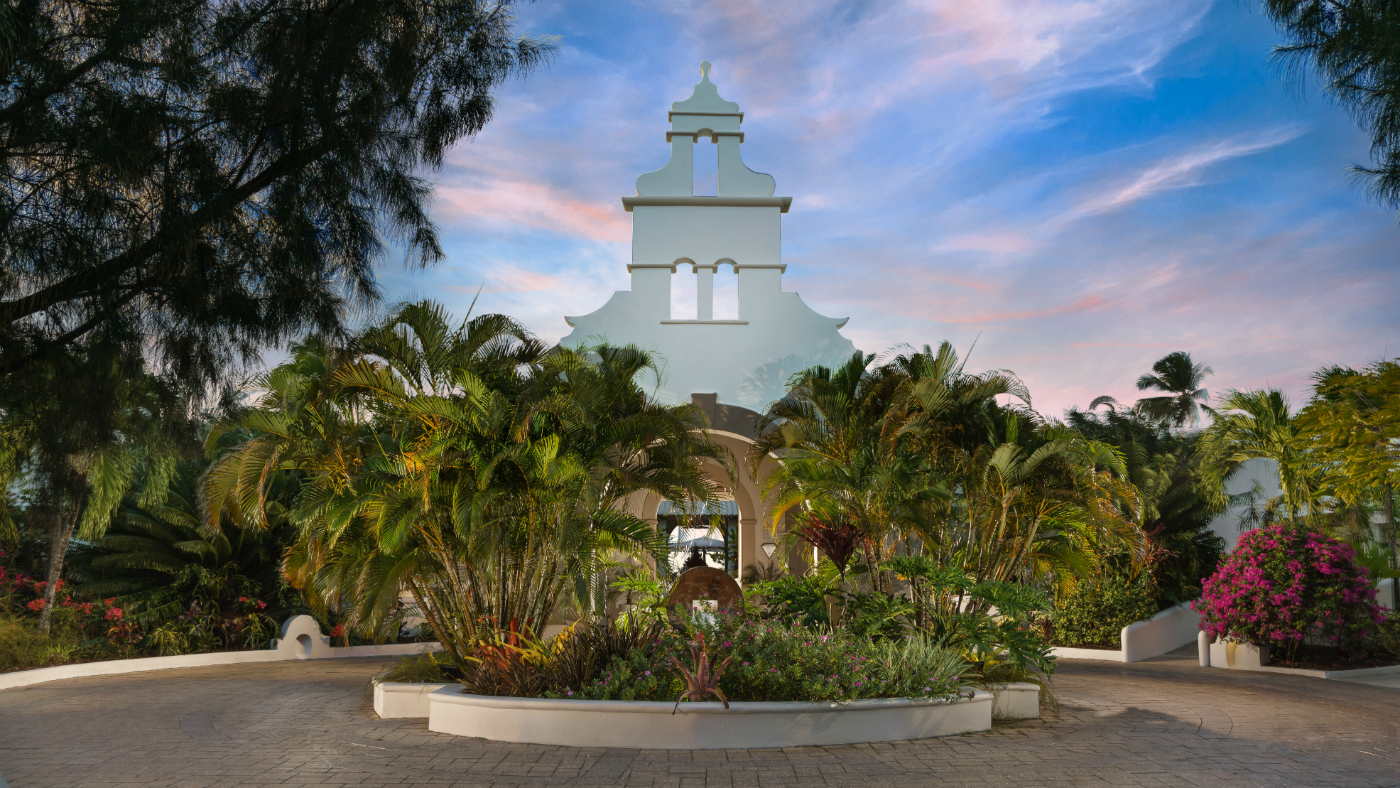
There was no shortage of Hobie Cats and nice nosh at my second hotel, Spice Island, whose villas crouch directly behind a sketchy palisade of seagrape trees and coconut palms on the island’s longest beach, Grand Anse. When I first padded out from my verandah onto its soft, pale sand, I had a half-mile stretch of it to myself. The view along its great arc towards graceful St George’s and the blue-green headlands and mountains rising beyond is tremendously exciting, vaguely evocative of early-Romantic paeans to the landscapes around Naples and Sorrento: in the 18th century, I might have given my last guinea to have it set down in oils and sent back thus to the family seat in Shropshire.
On my second day at Calabash, I went hiking in the densely jungled heart of the island, the Grand Etang National Park. The étang of its name - a great volcanic crater lake, high in the hills - attracts plenty of cruise-ship coach parties in high season, but when my guide Simon Green and I arrived its shores were deserted save for a single mona monkey, Gladstonian whiskers atwitch at the prospect of tourist bananas. We were alone too as we climbed the ridge of Mount Qua Qua, which rises around the lake’s northern fringe like the back of a dragon curled about its mirrored hoard.
Here and there, Simon stopped to point out endemic orchids in bloom, or overgrown patches of razor grass, keen lapidary of carefree tourist legs. The path is precipitous and steep in places, although surely treacherous in the rain, and soon yields generous views back to St George’s in the south and across to the island’s western and eastern coasts.
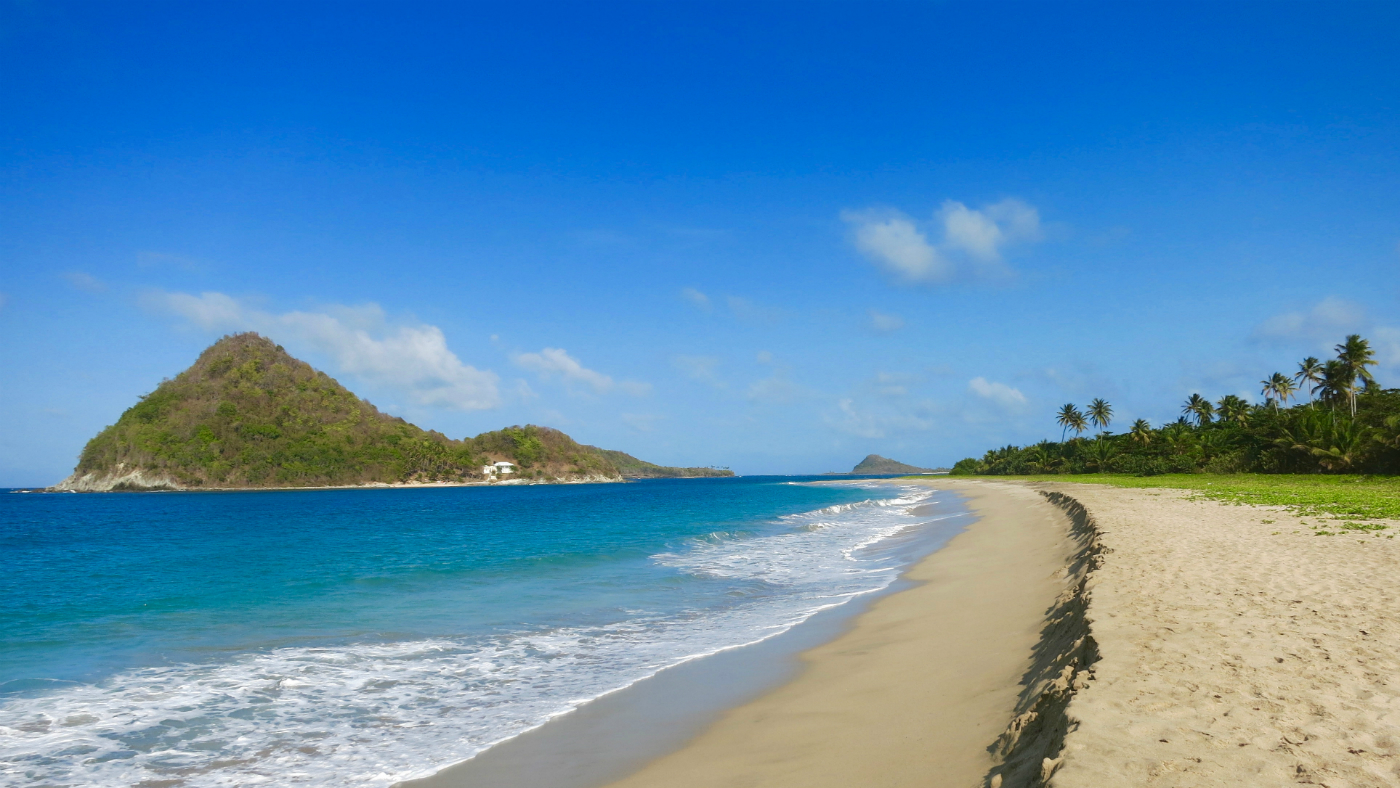
Only near the summit, however, is the mountain’s northern prospect revealed: sheer forested ridges marching in close formation to the jagged, cloud-kissed crest of Mount St Catherine, Grenada’s highest peak — a landscape more savage and lonely than I had dared to hope for in such a small island. It was on the neighbouring ridges that local folk hero Julien Fedon made his tragic last stand, Simon told me. A landowner of mixed race who despised the British rule imposed on a hitherto French island by the Treaty of Versaille in 1783, Fedon freed his slaves in 1795 and led an insurrection that lasted 15 months and resulted in the violent deaths of some 7,000 people. Beaten back to the heights, he and his few surviving comrades are said to have leapt to their deaths, though Fedon’s body was never found.
A circuit of the island’s coast road makes for a lazy day’s touring, past steep, sandy coves where colourful little fishing boats shelter, and through villages of dolly-mixture bungalows, their gardens bright with hibiscus and bougainvillea. Nature in shaggy exuberance presses in all around, the forest indistinguishable to the unschooled eye from farms where cocoa, fruit and spice trees jostle together on single plots. Agricultural wages are now low, however, and profits small. The older generation doggedly persists in tending the land, but youth unemployment is high.
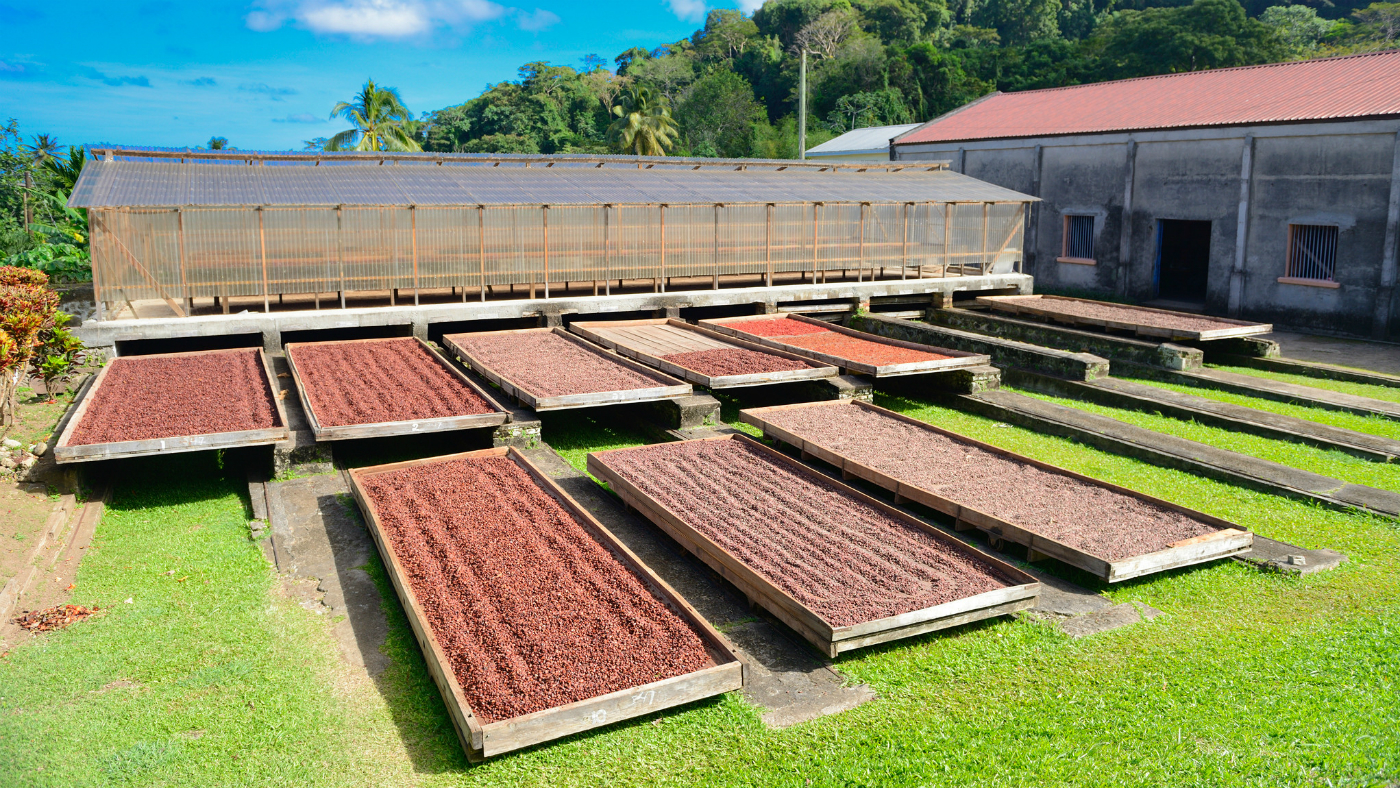
Sucking on a rollie, the barefoot Kim Russell outlined his answer to this problem as he guided me through the arcadian groves of the Crayfish Bay chocolate estate. A dash of Fedon’s firebrand spirit lives on in this British expatriate, a narrowboat captain and circus performer who bought the 15-acre farm in 2006 and coaxed it back from the verge of ruin. Struggling to make a living by selling wet cocoa and even roasted nibs, he and his Guyanese wife Lylette determined to manufacture chocolate themselves, becoming one of six tree-to-bar producers to have sprung up on the island in the past two decades. Having tapped into the lucrative market for the end product, and not hungry for profits themselves, they turned their land over to local people, paying them top price for organic cocoa and letting them farm other crops for themselves out of season, a “unique in-house fair trade policy” that results in much higher incomes for workers.
Russell is a fine raconteur with a roguish smile, and his estate tours are not to be missed. With little capital to invest, he and Lylette defied naysayers by designing and building some of their chocolate-making machinery from scratch, at a fraction of the commercial cost. Each of the estate’s old stone outhouses, beautifully restored, has been turned over to a different function - fermentation, drying, roasting, winnowing, and so on - titles chalked neatly on blackboards over their doors. Nothing exceeds his enthusiasm for the cocoa bean itself, a gustatory rainbow, in his telling, shimmering with hints of many other fruits. (Anxious to press on around the island, I foolishly failed to ask for a taste, but will seek out a ripe pod on my next trip across the 23rd parallel.)
Amid all the extravagant beauty, further low-key agritourism proved an agreeable way to while away the afternoon. There’s a grand old waterwheel at the River Antoine Rum Distillery, where production methods have scarcely changed in 250 years, and among the diverse wonders of the Belmont Estate are a chocolate factory, an organic dairy, and (adorably) a nursery for goats.
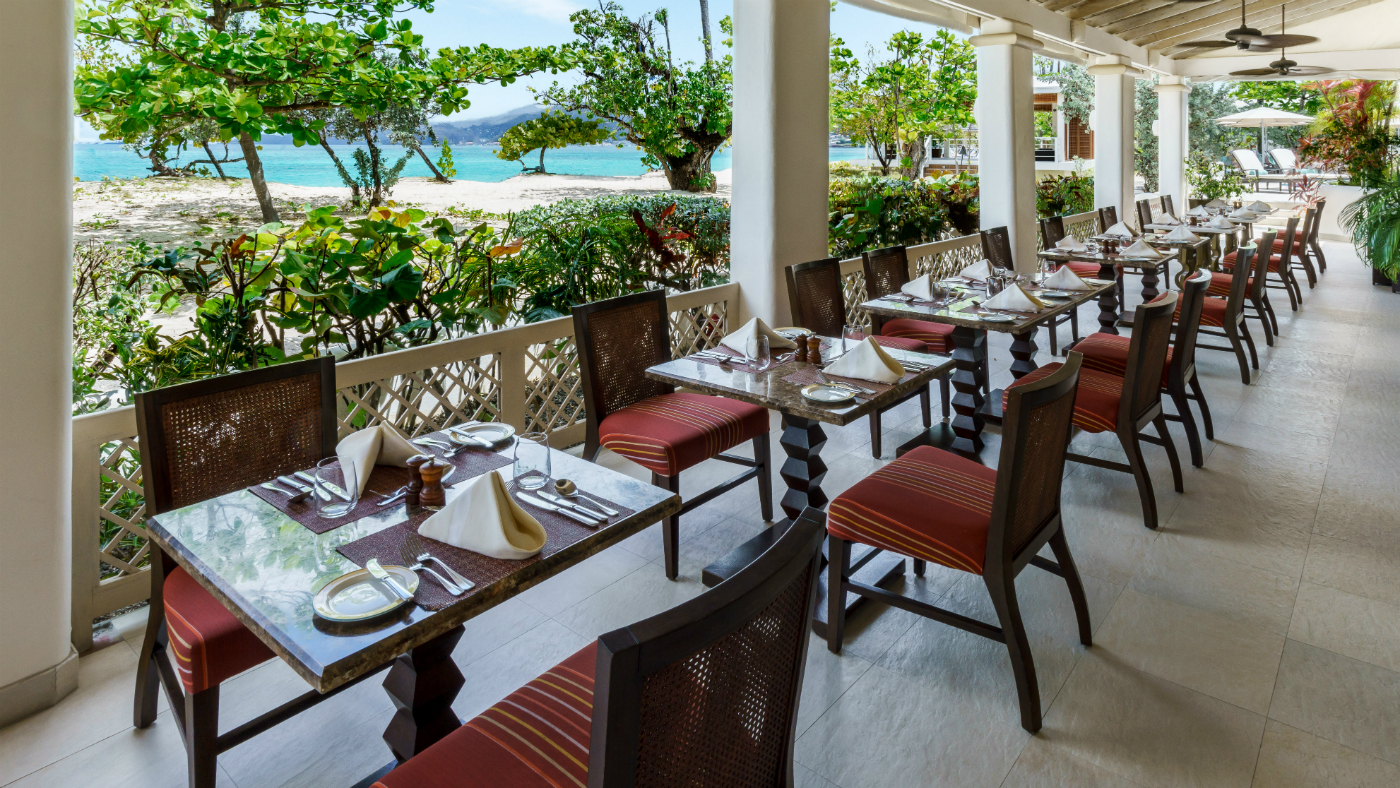
Here and there, darker echoes of the past intruded, unheralded and strange. Faces stared up, huge-eyed, from the depths of a grassy roadside ravine - petroglyphs on a giant boulder, the only surviving marks of the Arawaks, Grenada’s first people.
And at Sauteurs, or Leapers Hill, three or four dozen members of a later tribe, the Kalinago, are said to have hurled themselves to their deaths from the sea cliffs to avoid murder or capture by the French. The gesture recurs like a traumatic leitmotif through the island’s history, not only at the climax of Fedon’s revolt, but also in the terror that engulfed the revolution in 1983, when protestors leapt from the towering walls of Fort George to escape the bullets of hardliners who had turned on their comrades, executing the Prime Minister, Maurice Bishop, and several of his colleagues.
Viewed the next day from the deck of the Savvy, a sloop built according to centuries-old tradition on the lesser island of Cariacou, the island seemed like a sleeping giant. Even the many-coloured villages and fishing ports through which I had so recently driven looked precarious, a fragile fairy ring skirting its great green curves. At Moliniere Point, the boat’s owner, Danny Donelan, and I snorkeled over figurative sculptures by the artist Jason deCaires Taylor, fixed into a storm-damaged reef with the intention, in part, of encouraging coral growth. And in Flamingo Bay we found ourselves amid a vast shoal of sprats, billowing and flashing around us with electric grace.
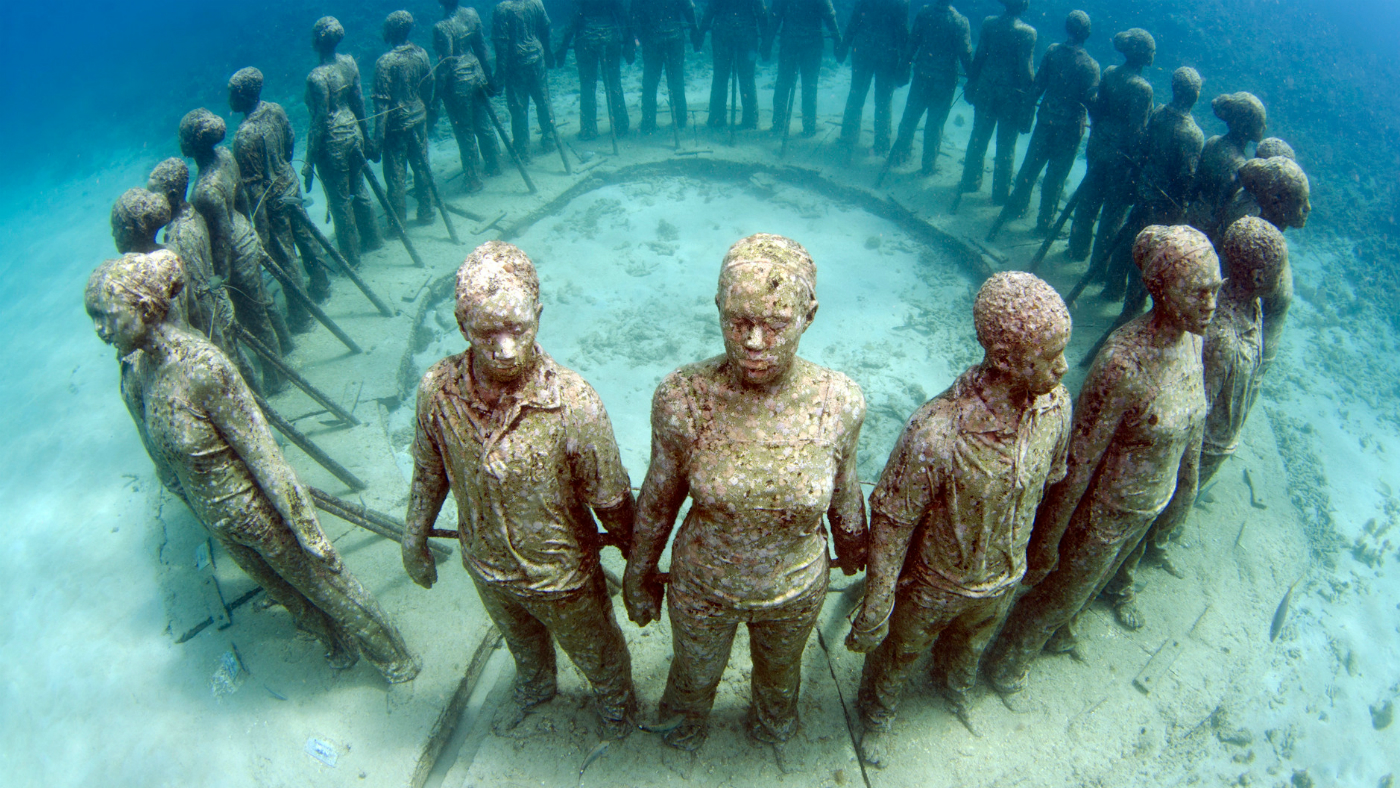
At Levera beach that night, the plan - when at last I discovered it - was simple. We would watch for turtles until midnight, and then give up. The waiting men turned out to be volunteer guides, and I sat on the sand with one of them, a handsome young teacher, for hours, chatting about everything and nothing. And at some point I realised that this was all I had needed out of this evening, or out of this trip — to sit beneath the yellow half moon on this sea-scented beach in a wilderness half way around the world until the edges of the passing minutes had dissolved a little in the warmth and darkness, and into the swoosh and crash of the Atlantic waves and the low, friendly murmur of his voice, and then to sit a little longer, and then go home.
But at a quarter to midnight, his radio crackled and through it the marine biologist who patrols the beach each night announced an arrival. The turtle had already dug a nest and was laying her eggs when we arrived, approaching from behind and with low, blood-red lights only, so as not to cause alarm. The biologist said she was relatively small: a motorcycle side-car, I thought, rather than an Austin Mini.
The whole process lasts more than an hour - the egg-laying, then the rhythmic scooping of sand over the nest, the covering of tracks, and the creation of decoy marks several feet away. The giant flippers are so lithe and nimble, and the whole scheme so clever, I found myself overcome by the power and intricacy of her instinct. A leatherback turtle might migrate ten thousand miles or more in a year, the scientist told us, but will usually return to the beach where she was born to lay her eggs.
The immemorial ritual over, she hauls herself back down the beach, her gross lurching weaving a delicate pattern into the sand, like vines corkscrewing along a tapestry’s edge. She approaches the water without pause, and I never see her moving as she will move in her other world, just suspended for a moment somewhere in the deeper shallows and then quite suddenly gone.
Audley Travel offers tailor-made trips to the Caribbean. A 10 night trip costs from £3,230 per person (based on two sharing) and includes three nights on Grenada at either Calabash or Spice Island (room only including excursion) and seven nights on Bequia at the Bequia Beach Hotel (including continental breakfast). The price includes all flights and transfers. For more information visit www.audleytravel.com/the-caribbean 01993 838275
The annual Grenada Chocolate Fest (1st-6th May 2020) is a celebration of all things chocolate. Highlights include tastings, cooking sessions with local and international chefs, and workshops with the island’s tree-to-bar chocolate producers. Visit www.grenadachocolatefest.com or follow GrenadaChocolateFest on Instagram for festival updates.
-
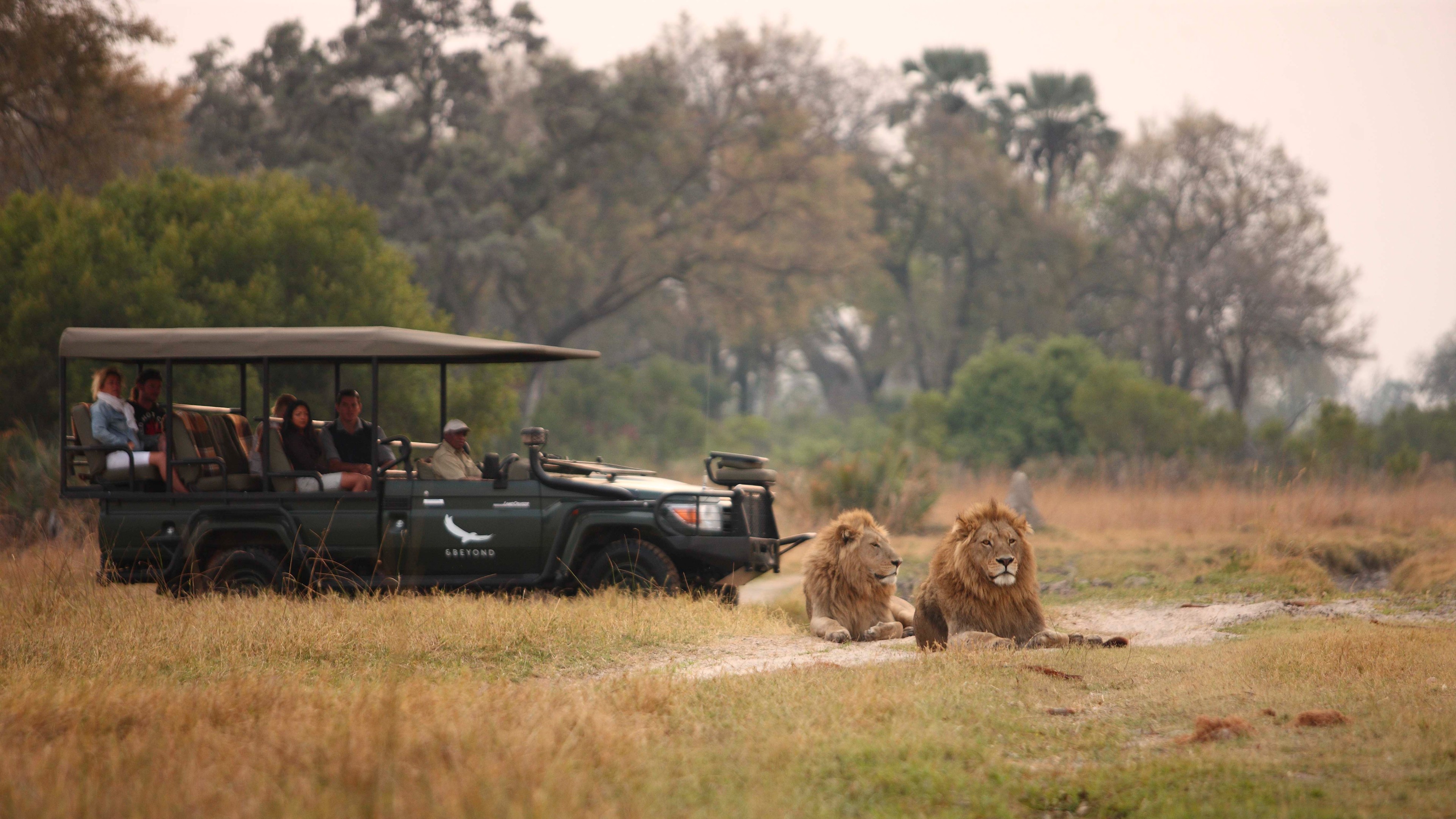 11 hotels opening in 2026 to help you reconnect with nature
11 hotels opening in 2026 to help you reconnect with natureThe Week Recommends Find peace on the beaches of Mexico and on a remote Estonian island
-
 Zimbabwe’s driving crisis
Zimbabwe’s driving crisisUnder the Radar Southern African nation is experiencing a ‘public health disaster’ with one of the highest road fatality rates in the world
-
 The Mint’s 250th anniversary coins face a whitewashing controversy
The Mint’s 250th anniversary coins face a whitewashing controversyThe Explainer The designs omitted several notable moments for civil rights and women’s rights
-
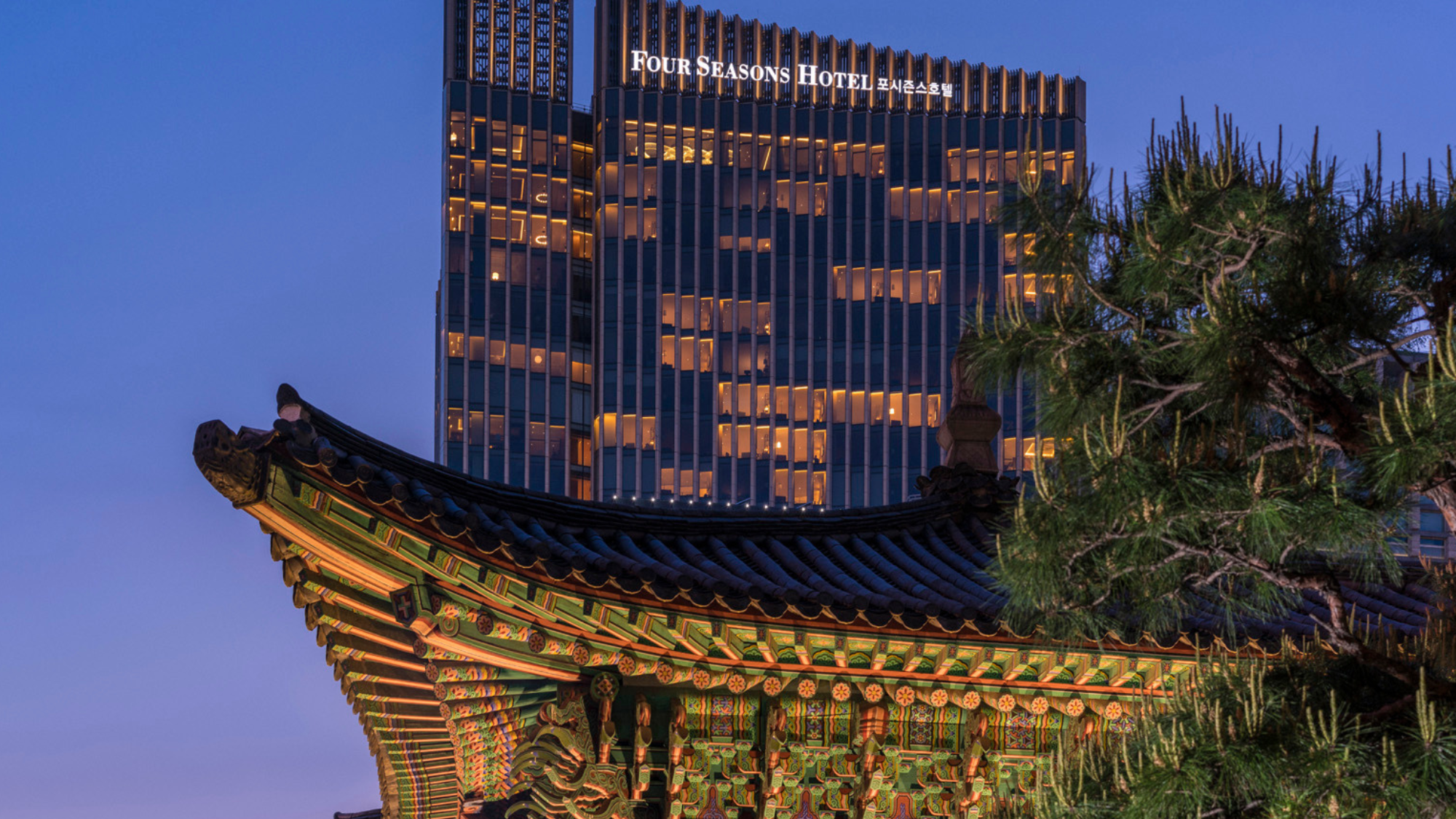 Four Seasons Seoul: a fascinating blend of old and new in South Korea
Four Seasons Seoul: a fascinating blend of old and new in South KoreaThe Week Recommends Located right in the heart of the action, this classy hotel is the perfect base to explore the capital
-
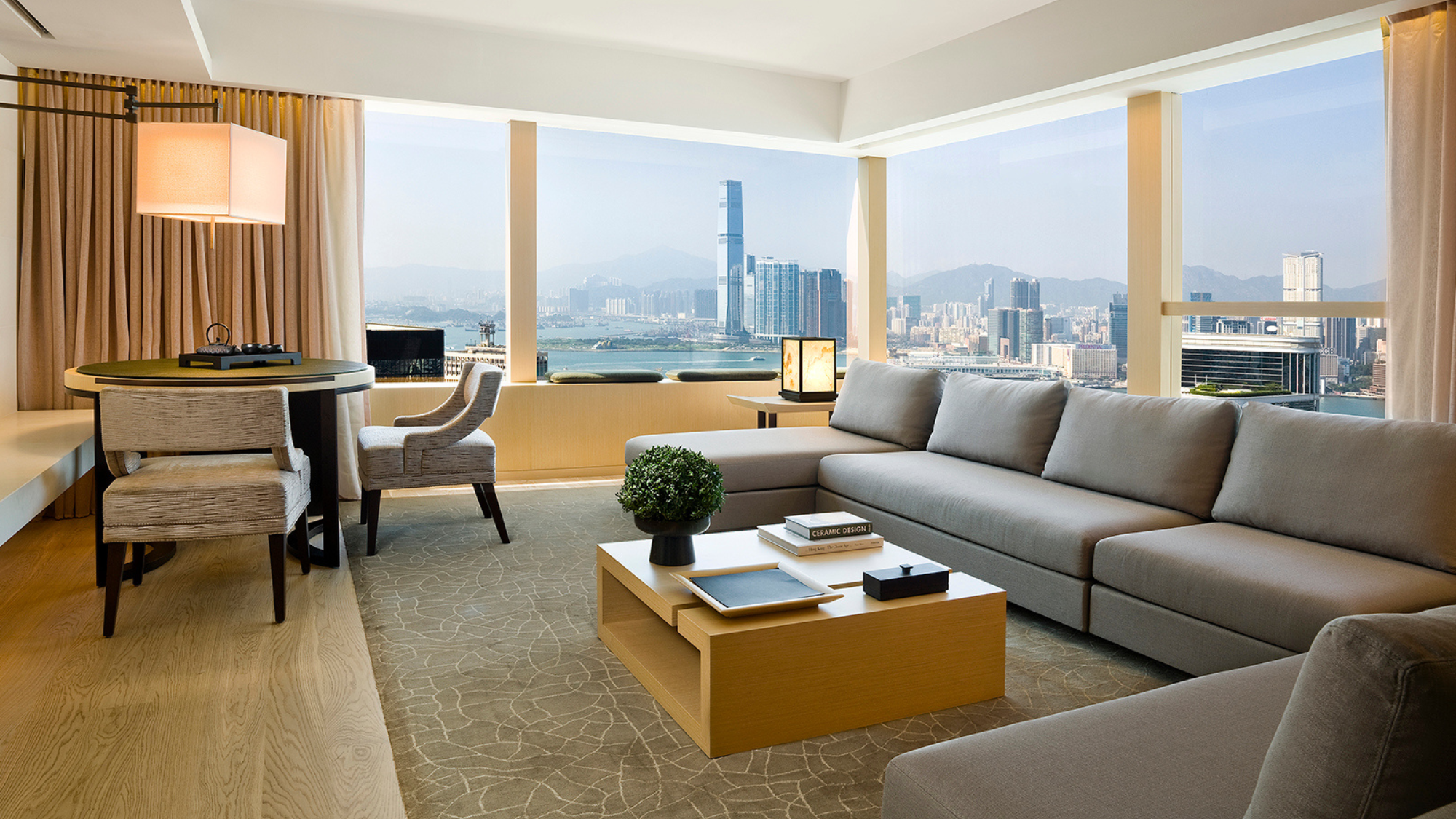 Upper House Hong Kong: a serene sanctuary in the bustle of the city
Upper House Hong Kong: a serene sanctuary in the bustle of the cityThe Week Recommends Panoramic harbour views and super-stylish interiors elevate this luxury hotel to another level
-
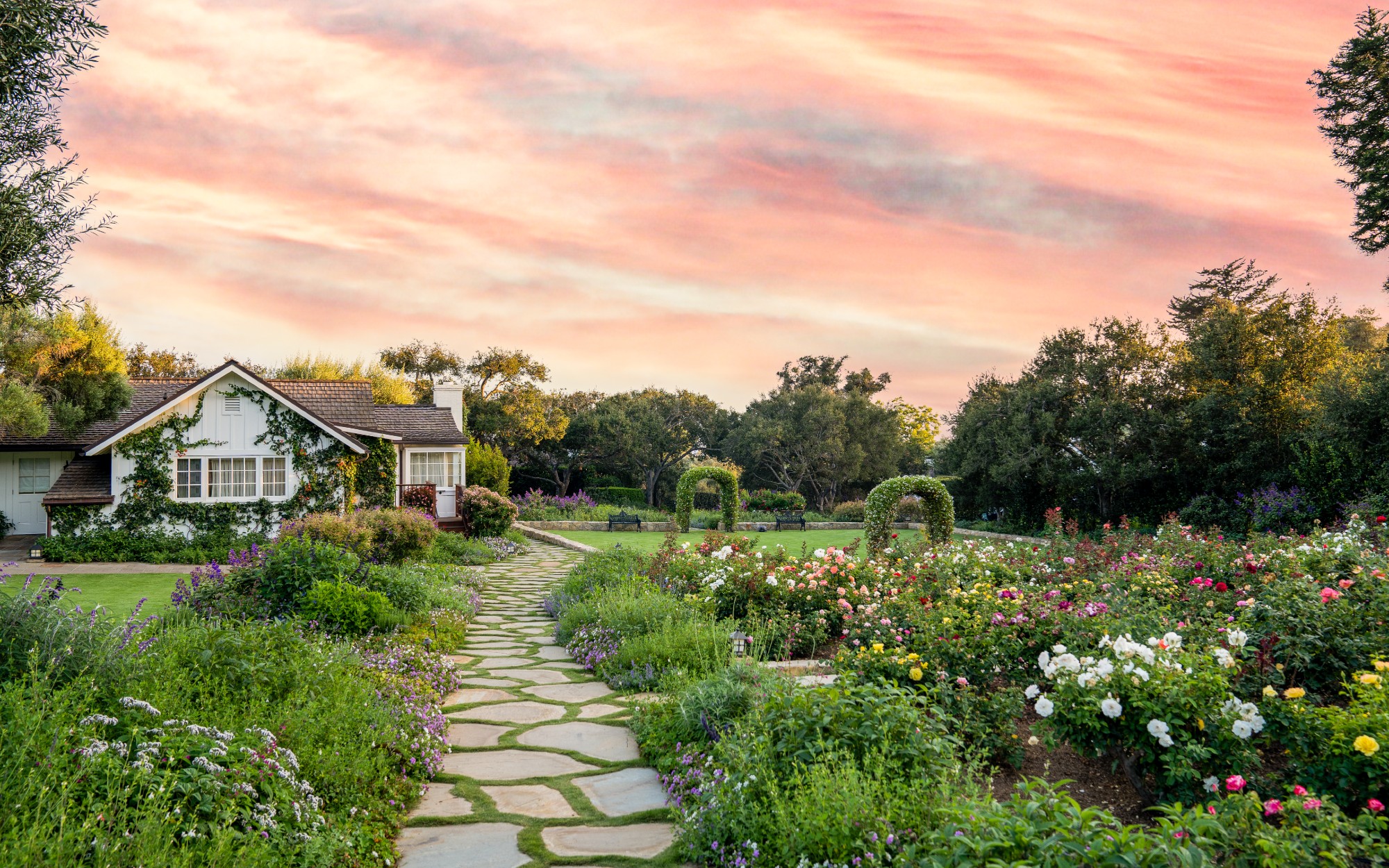 Step into a fairy tale at San Ysidro Ranch
Step into a fairy tale at San Ysidro RanchThe Week Recommends This historic Californian hideaway is pure magic
-
 The Old Bell Hotel: whimsy and charm in historic Wiltshire
The Old Bell Hotel: whimsy and charm in historic WiltshireThe Week Recommends Giraffes, monkeys and bold, bright colours add a playful touch to this 800-year-old inn
-
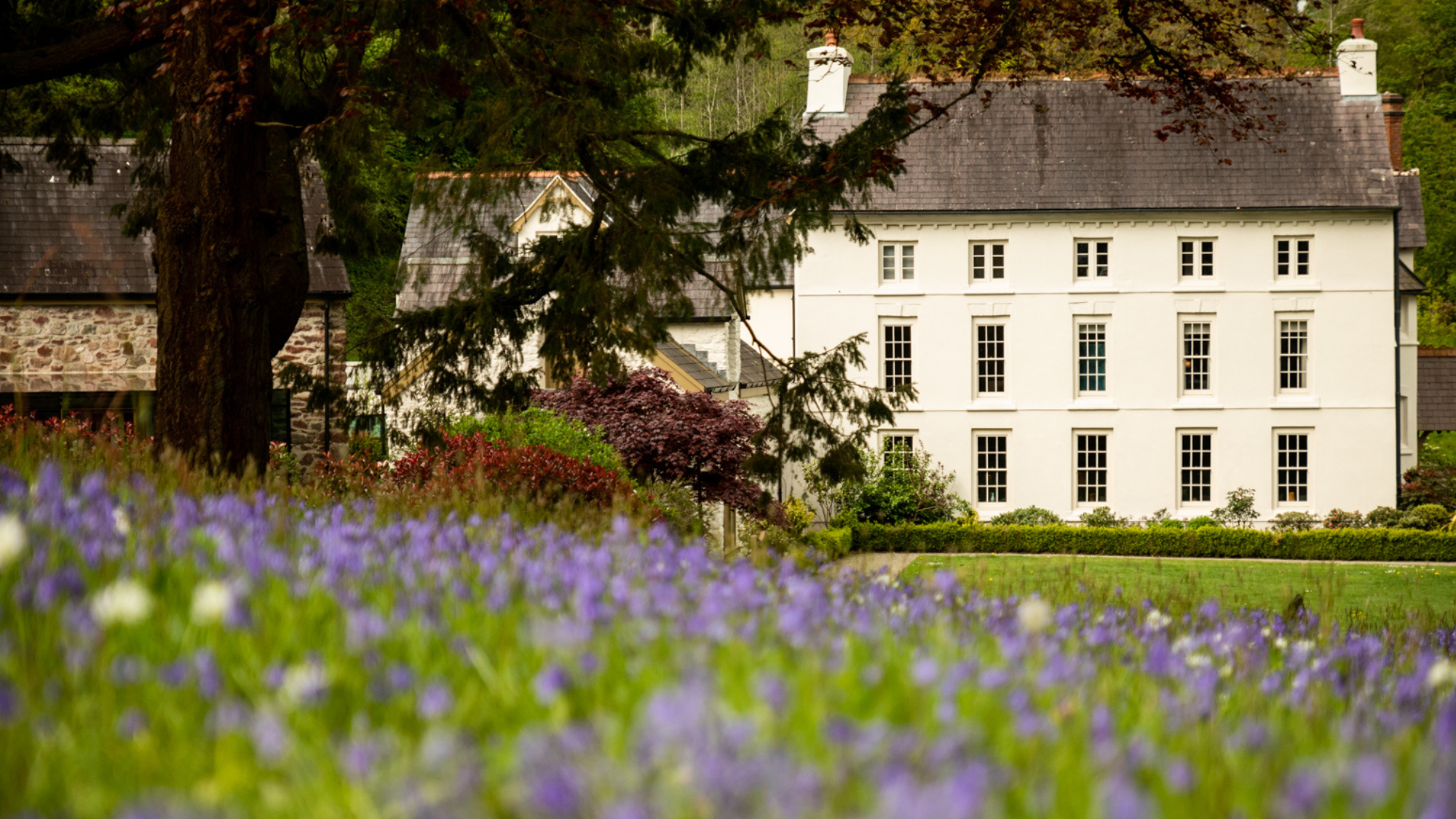 Grove of Narberth: comfort and style in the Welsh countryside
Grove of Narberth: comfort and style in the Welsh countrysideThe Week Recommends This boutique Georgian manor in Pembrokeshire is the perfect rural retreat
-
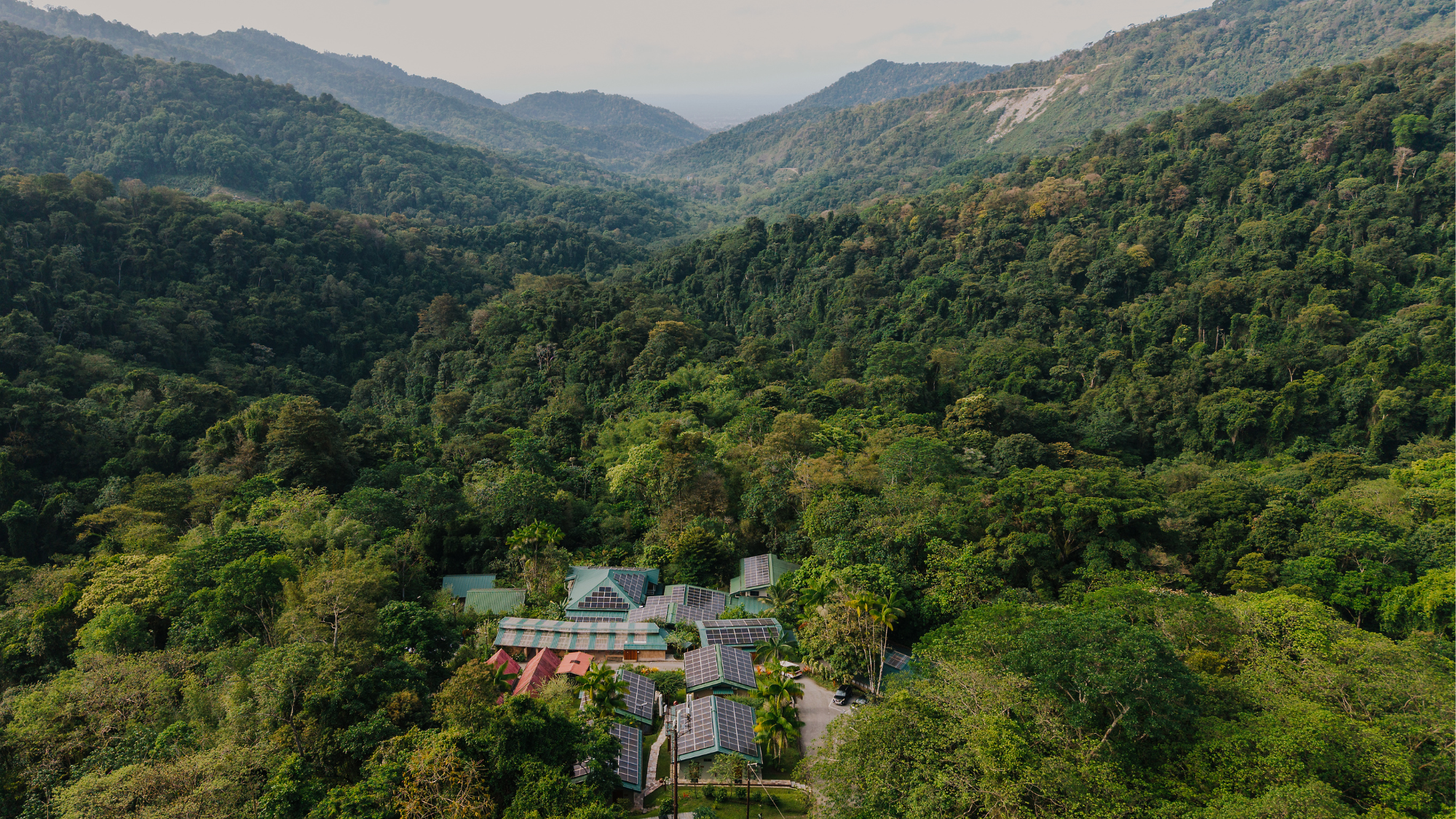 A journey through Trinidad’s wild heart
A journey through Trinidad’s wild heartThe Week Recommends Experience the island’s natural wonders, from watching baby turtles hatch to visiting an ancient bat cave
-
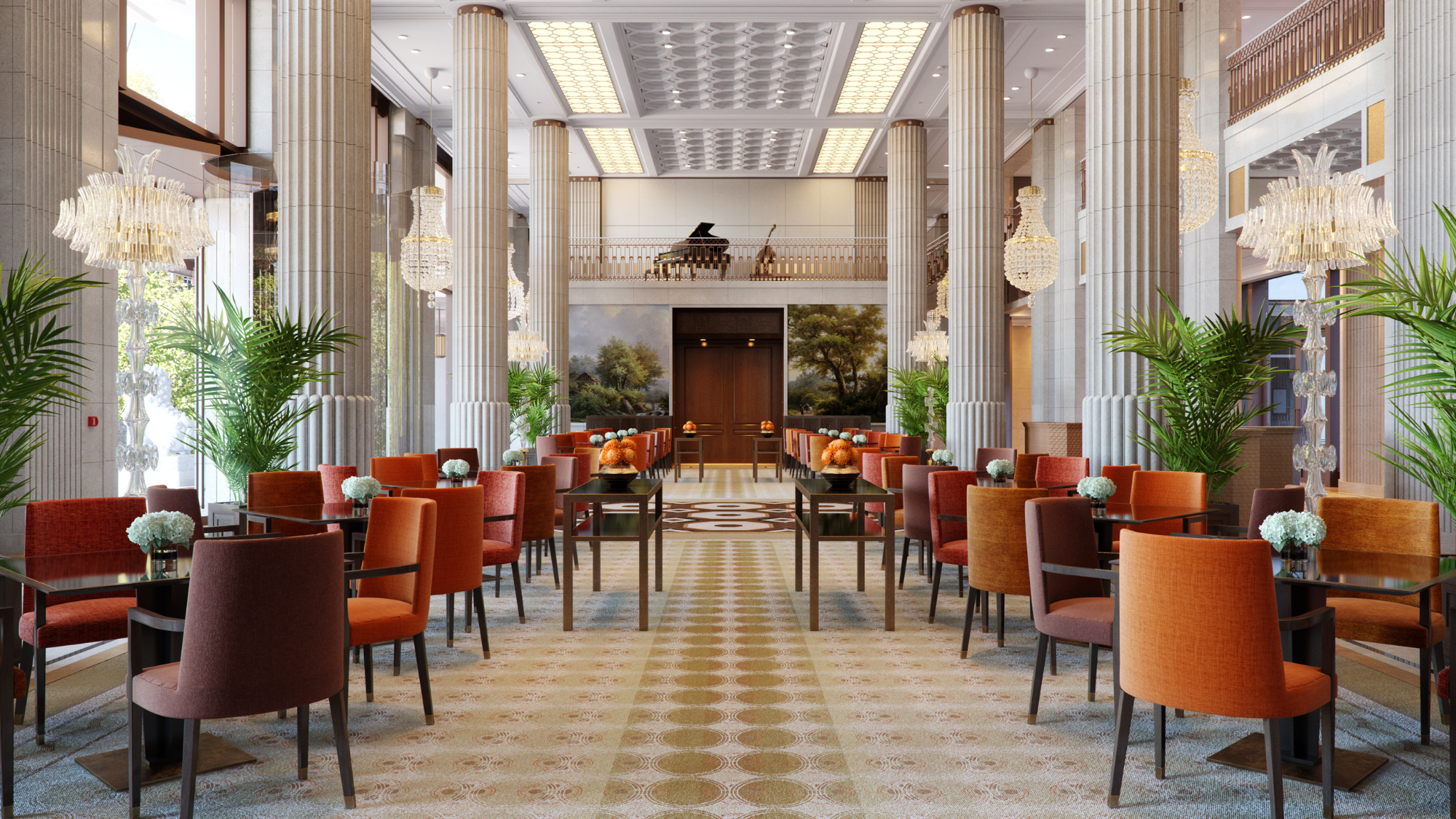 The Peninsula: London’s first billion-pound hotel
The Peninsula: London’s first billion-pound hotelThe Week Recommends As the capital’s super-luxury hotel scene continues to expand, the respected brand is still setting the standard
-
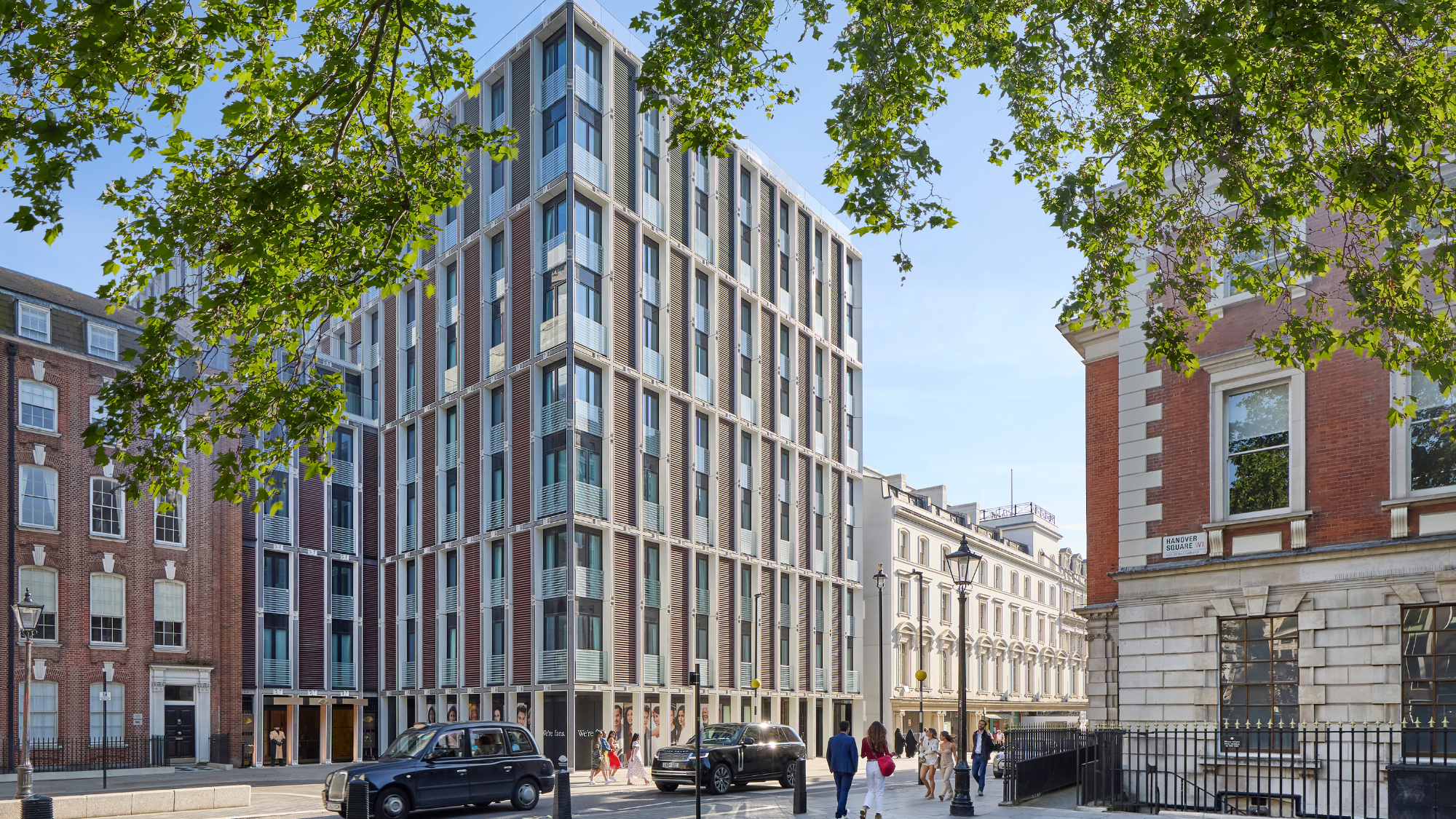 The Mini-Mayfair package at Mandarin Oriental
The Mini-Mayfair package at Mandarin OrientalThe Week Recommends Keep the kids entertained with a family-friendly stay at one of London’s swankiest hotels